Asparagus Companion Plants – What Grows Well With Asparagus
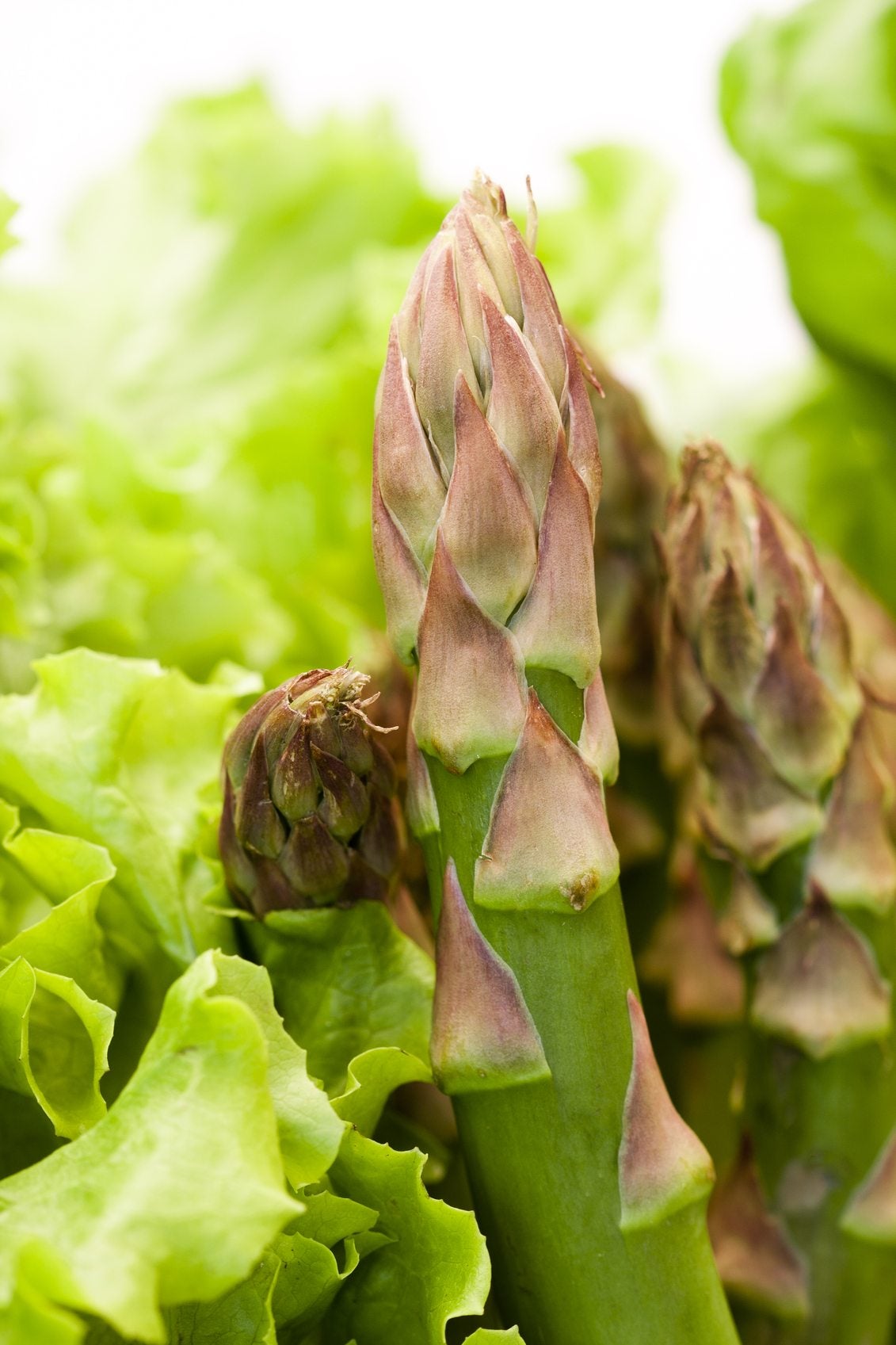
If you want a bumper crop of asparagus perhaps you should consider planting asparagus companion plants. Asparagus plant companions are plants that have a symbiotic relationship, one that is mutually beneficial to each. In the following article, we will discuss the benefits of companion planting with asparagus and what grows well with asparagus.
Companion Planting with Asparagus
Companions for asparagus or any other vegetable must be compatible with each other. Asparagus is a perennial that likes a sunny area of the garden. They take two to three years to reach a full yield and, thereafter, produce spears for the next 10 to 15 years! This means that companions for asparagus must like sun exposure and be able to work around the semi-permanent asparagus.
Companions for asparagus may be those that add nutrients to the soil, deter pests and disease, harbor beneficial insects, or aid in water retention or weed retardation.
What Grows Well with Asparagus?
Asparagus companion plants may be other veggie plants, herbs, or flowering plants. Asparagus gets along with many other plants, but tomatoes are notorious for being excellent asparagus plant companions. Tomatoes emit solanine, a chemical that repels asparagus beetles.
In turn, asparagus gives off a chemical that deters nematodes. Interplanting parsley and basil, along with the tomatoes, in close proximity to asparagus is also said to repel asparagus beetle. Plant the parsley and basil underneath the asparagus and the tomatoes alongside the asparagus. The bonus is that the herbs help the tomatoes grow better. In this particular companion planting quartet, everyone is a winner.
Other herbs that enjoy asparagus’ company include comfrey, coriander, and dill. They repel insect pests like aphids, spider mites, and other detrimental insects. Early crops such as beets, lettuce, and spinach can be planted between the asparagus rows in the spring. Then in the summer, plant a second crop of lettuce or spinach. The taller asparagus fronds will give these cool weather greens much needed shade from the sun.
During Colonial times, grapes were trellised between asparagus rows. Flowers that coexist well with asparagus include marigolds, nasturtiums, and members of the Aster family. The most interesting combination of companion plants for asparagus that I have read about was asparagus, strawberries, rhubarb, and horseradish. This sounds like the makings of a fabulous dinner.
Gardening tips, videos, info and more delivered right to your inbox!
Sign up for the Gardening Know How newsletter today and receive a free copy of our e-book "How to Grow Delicious Tomatoes".
What to Avoid Planting Next to Asparagus
Garlic and onions can be offensive to some people, and for those of you who abhor these crops, asparagus agrees with you. Keep them well away from asparagus in the garden. Potatoes are yet another no-no. Cross check and be sure that all the asparagus companion plants are friendly with each other prior to planting, as some plants simply do not like one another.

Amy Grant has been gardening for 30 years and writing for 15. A professional chef and caterer, Amy's area of expertise is culinary gardening.
-
 8 Noteworthy Native Azaleas Every Gardener Should Know – And Grow!
8 Noteworthy Native Azaleas Every Gardener Should Know – And Grow!Native azaleas offer brilliant blooms in a range of colors and sizes. Here are a few favorites to get inspired and start working on a native shade garden!
-
 Growing Climbing Roses: How To Create Elegant Displays With Maximum Blooms
Growing Climbing Roses: How To Create Elegant Displays With Maximum BloomsMaster the art of growing stunning climbing roses with this essential guide to creating vibrant, fragrant walls and structures all summer long.
-
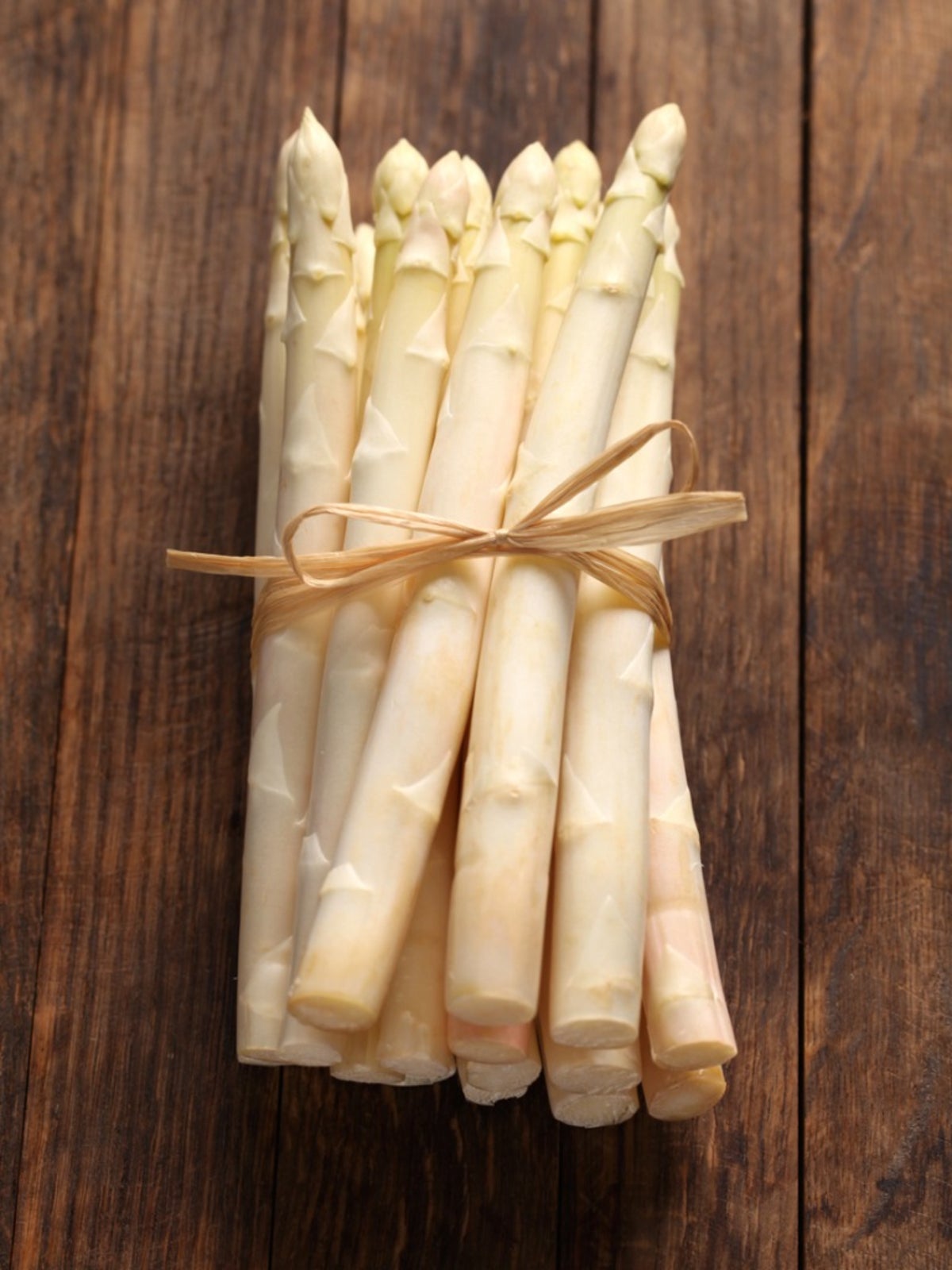 What Is White Asparagus – How Does White Asparagus Grow
What Is White Asparagus – How Does White Asparagus GrowHere's a real head-scratcher. There are no varieties of white asparagus! So how does white asparagus grow? Read on to find out.
-
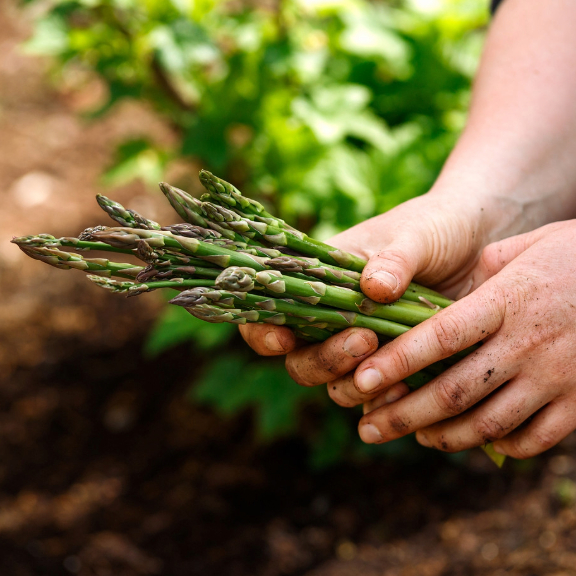 Heirloom Asparagus Plants - Origins Of Asparagus Use In The Garden
Heirloom Asparagus Plants - Origins Of Asparagus Use In The Garden -
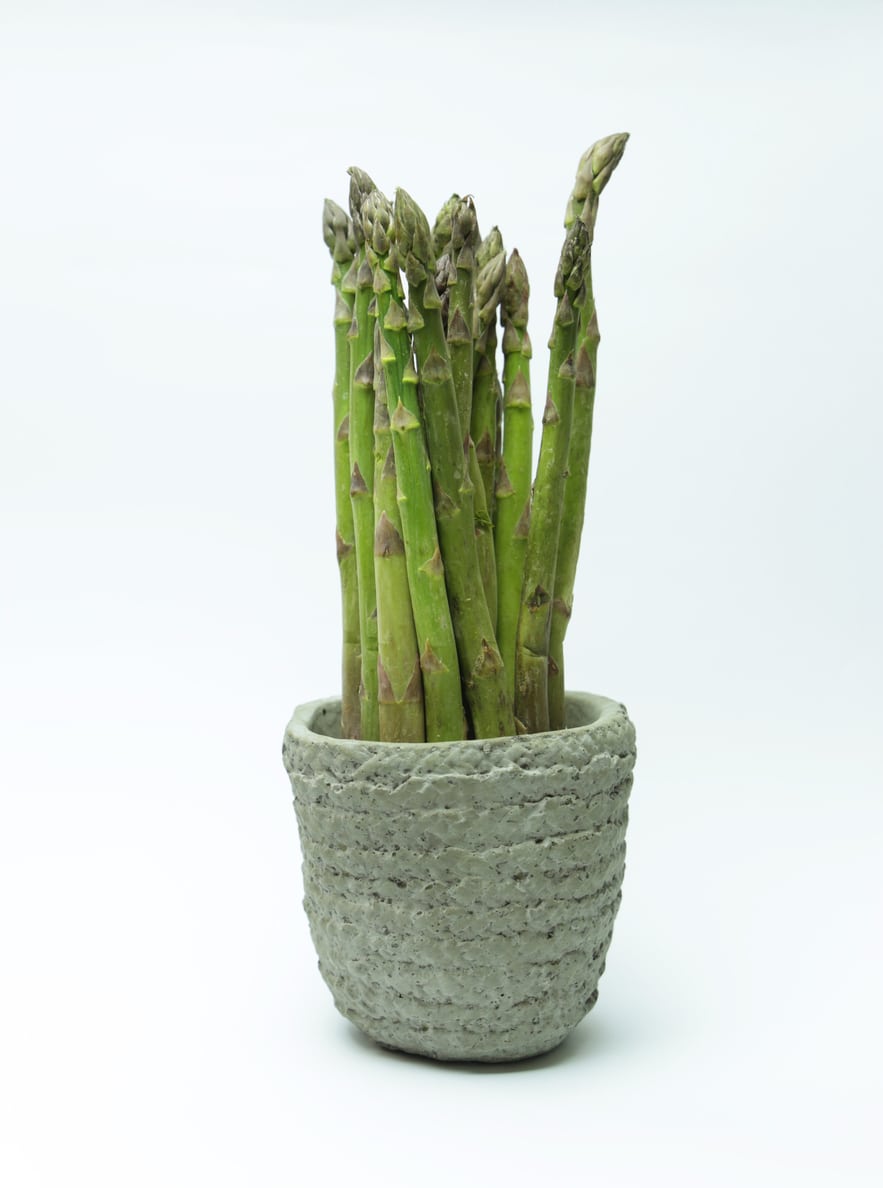 Potted Asparagus Plants – Can You Grow Asparagus In Containers
Potted Asparagus Plants – Can You Grow Asparagus In ContainersThe introduction of new asparagus cultivars has made the process of growing and caring for these plants easier than ever before. But can you grow asparagus in a pot? Click on the following article to learn more about container grown asparagus plants.
-
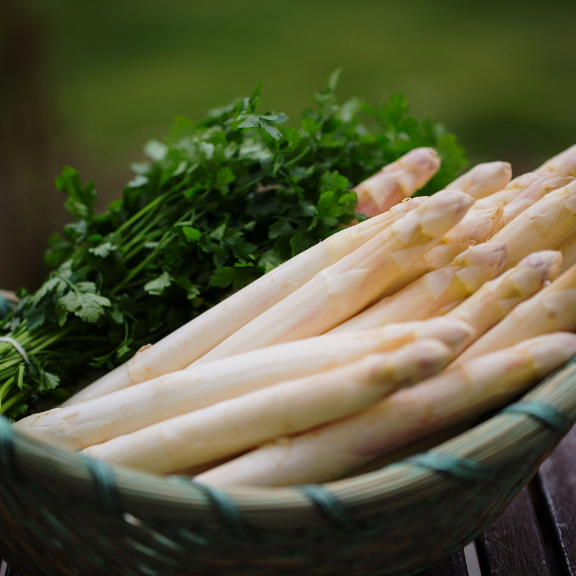 Precoce D'Argenteuil Asparagus Information
Precoce D'Argenteuil Asparagus Information -
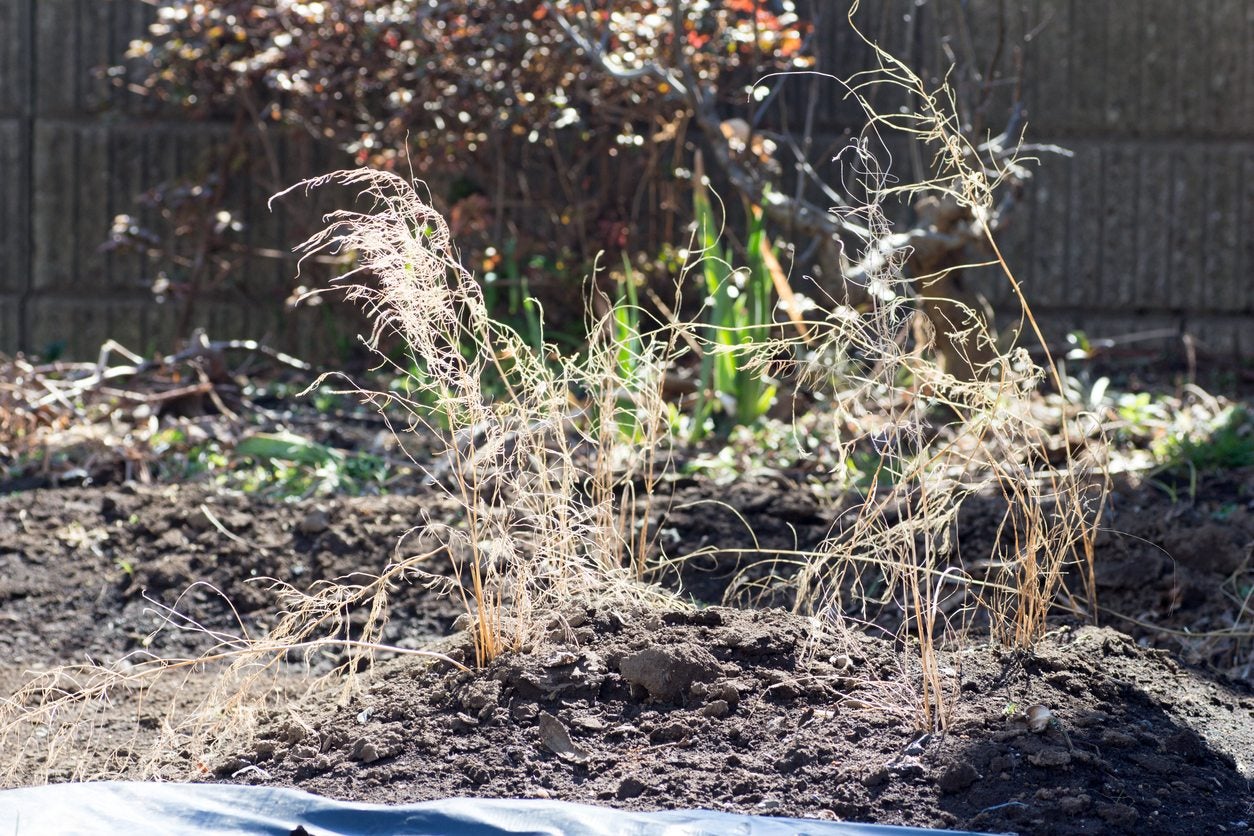 Asparagus Winter Care: Tips On Winterizing Asparagus Beds
Asparagus Winter Care: Tips On Winterizing Asparagus BedsOnce established, asparagus is fairly low maintenance with the exception of keeping the area weed free and watering, but what about overwintering asparagus plants? Do asparagus need winter protection? Find out in this article.
-
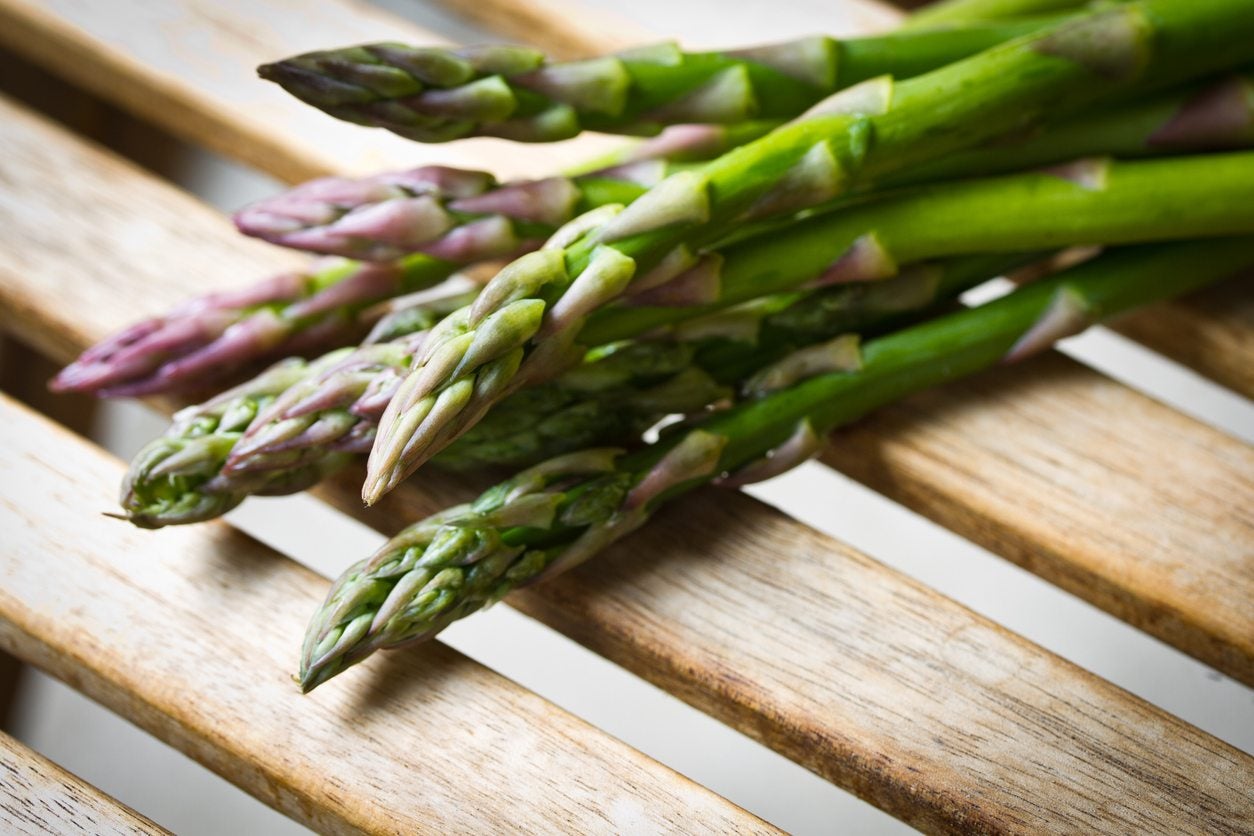 What’s The Difference Between Male And Female Asparagus Plants
What’s The Difference Between Male And Female Asparagus PlantsWe all know that some plants have male reproductive organs and some have female and some have both. How about asparagus? Are there really male or female asparagus? If so, what's the difference between male and female asparagus? Find out here.
-
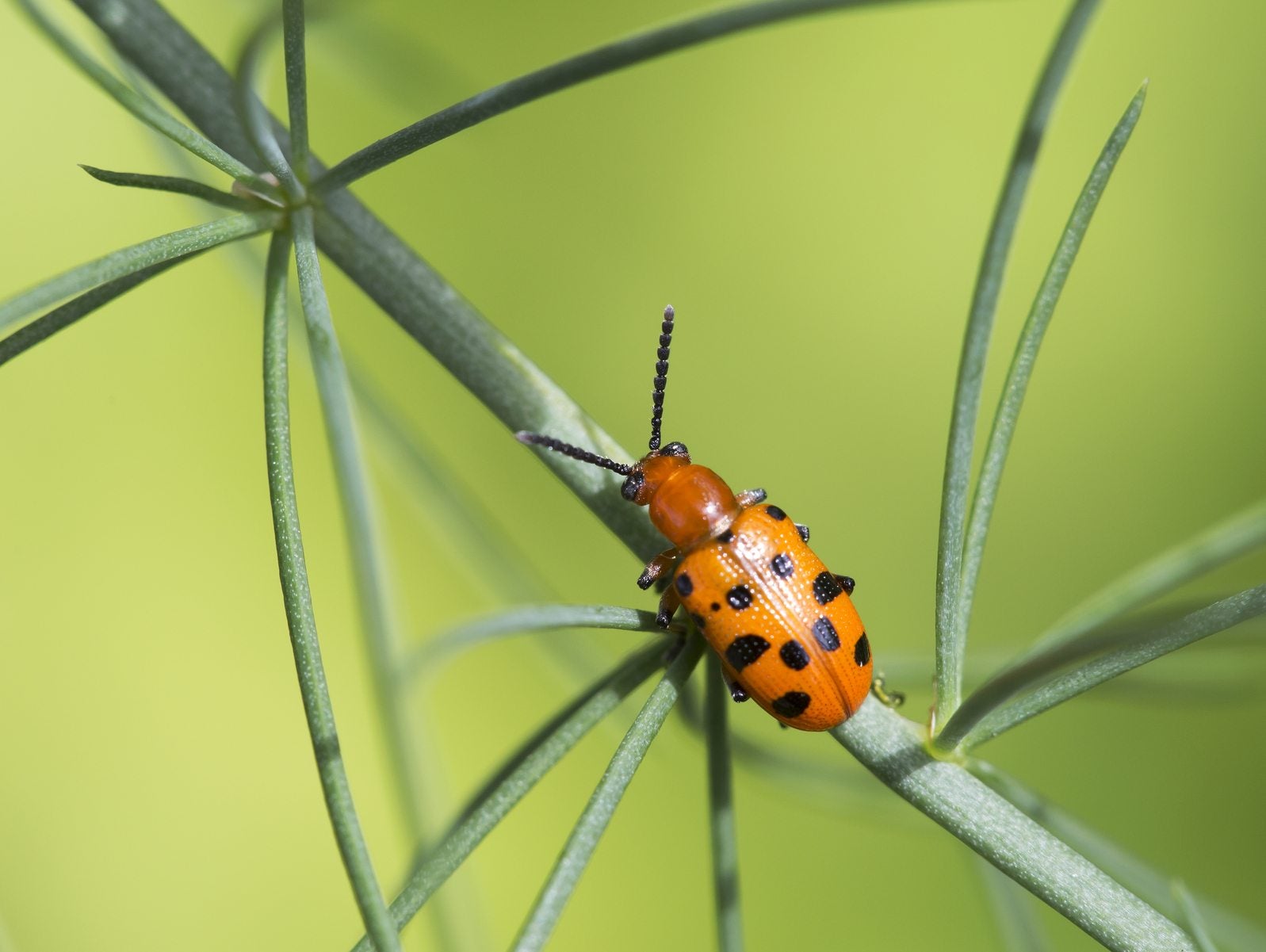 Spotted Asparagus Beetle Facts: Controlling Spotted Asparagus Beetles In Gardens
Spotted Asparagus Beetle Facts: Controlling Spotted Asparagus Beetles In GardensIt can be especially devastating when an asparagus patch falls victim to pests. One very common asparagus pest is the spotted asparagus beetle. Learn some spotted asparagus beetle facts and how to prevent spotted asparagus beetles in this article.
-
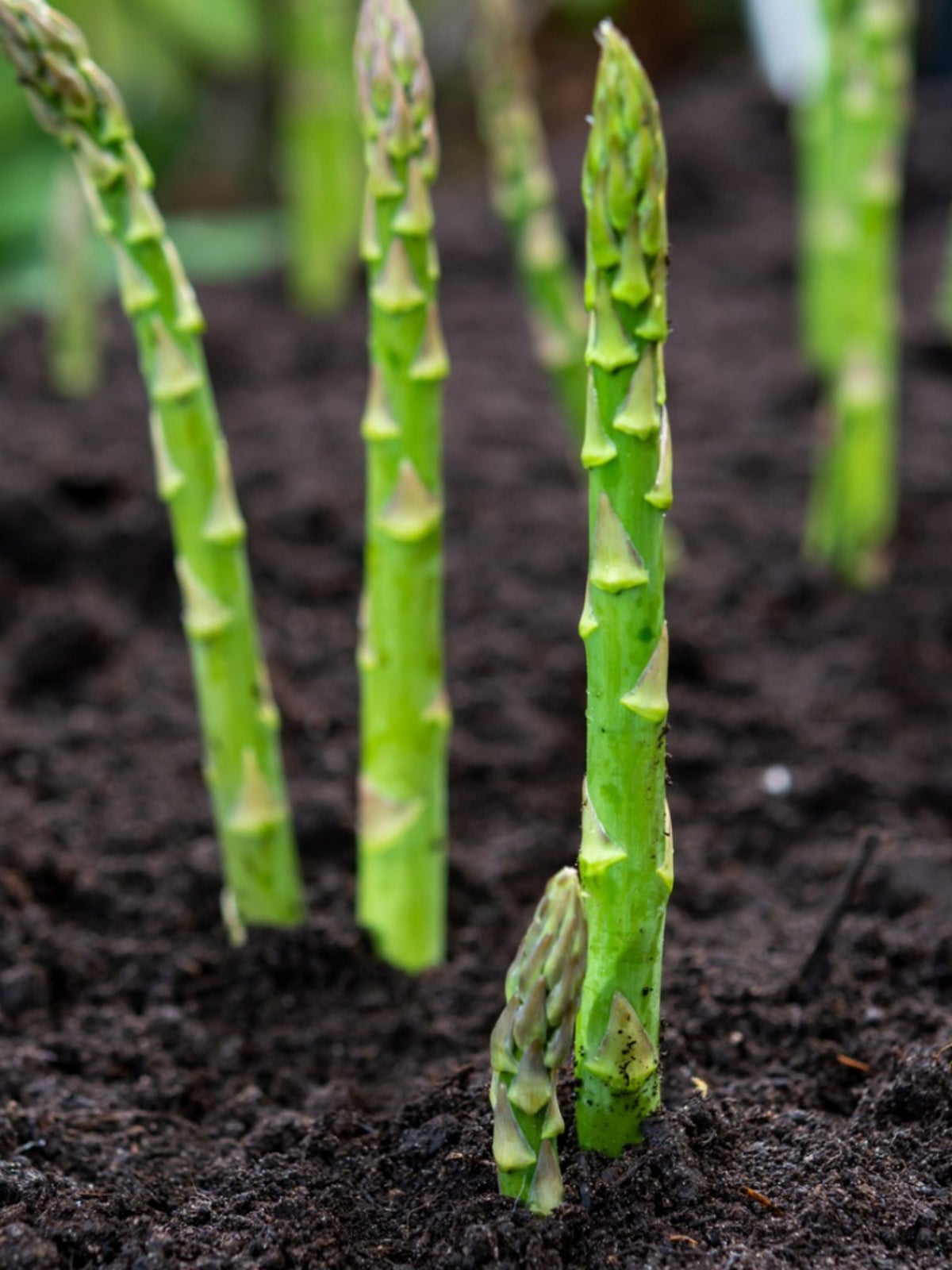 What Is Asparagus Rust: Tips On Treating Rust In Asparagus Plants
What Is Asparagus Rust: Tips On Treating Rust In Asparagus PlantsAsparagus rust disease is a common but extremely destructive plant disease that has affected asparagus crops around the world. Learn more about asparagus rust control and treatment in your garden using information from this article.